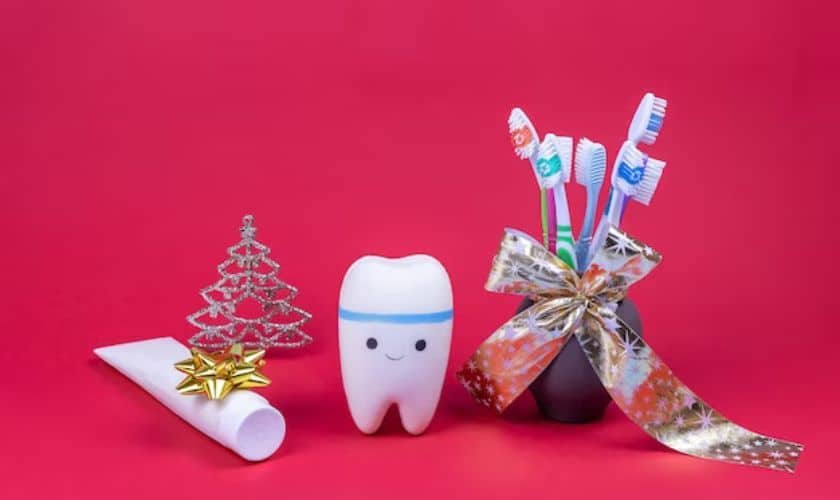
Tooth decay can destroy your tooth or it can be something we quickly catch and treat before much harm occurs. While recognizing decay and treating it early with a dental filling is very easy, making this a reality for every patient is not always easy. Instead, it can become complex because of misinformation (or a lack of information) about decay, what it is, how it forms, and more. Would you like to keep decay at bay and protect your teeth? If so, gathering up the essential details with us will prove immensely helpful. Let’s get started!
Who?
Who does tooth decay affect, you wonder? Generally speaking, it will affect everyone you know (and likely you, too) at some point. However, there are very, very few individuals out there who simply will never experience a cavity (remember, this is quite rare).
What?
What is tooth decay? It’s what happens when the acids from bacteria dissolve a portion of your enamel over time. As the bacteria continue to wear down your tooth tissue, a hole will form beyond your enamel and into your dentin (this is called a cavity). The issue is a progressive one.
Where?
Decay affects your teeth. It can occur on any surface of your tooth tissue, which means the part of your teeth that you see, the chewing surfaces, between your teeth, and anywhere else.
When?
Tooth decay can strike at any age and any time. It occurs when the bacteria (which are within plaque) adhere to your tooth tissue. When they are left to rest on your teeth (rather than being swept away with a toothbrush or floss), they feed on food particles, release acids, and the process begins.
Why?
The plaque that is in your mouth, which covers teeth, is going to be there every day. You’ll brush it and floss it away and it will regenerate. As a result, both good and bad bacteria will always make contact with your teeth. If you clean your smile, you’ll reduce the chance of decay. If you neglect care at home at our practice, this is why it will occur.





